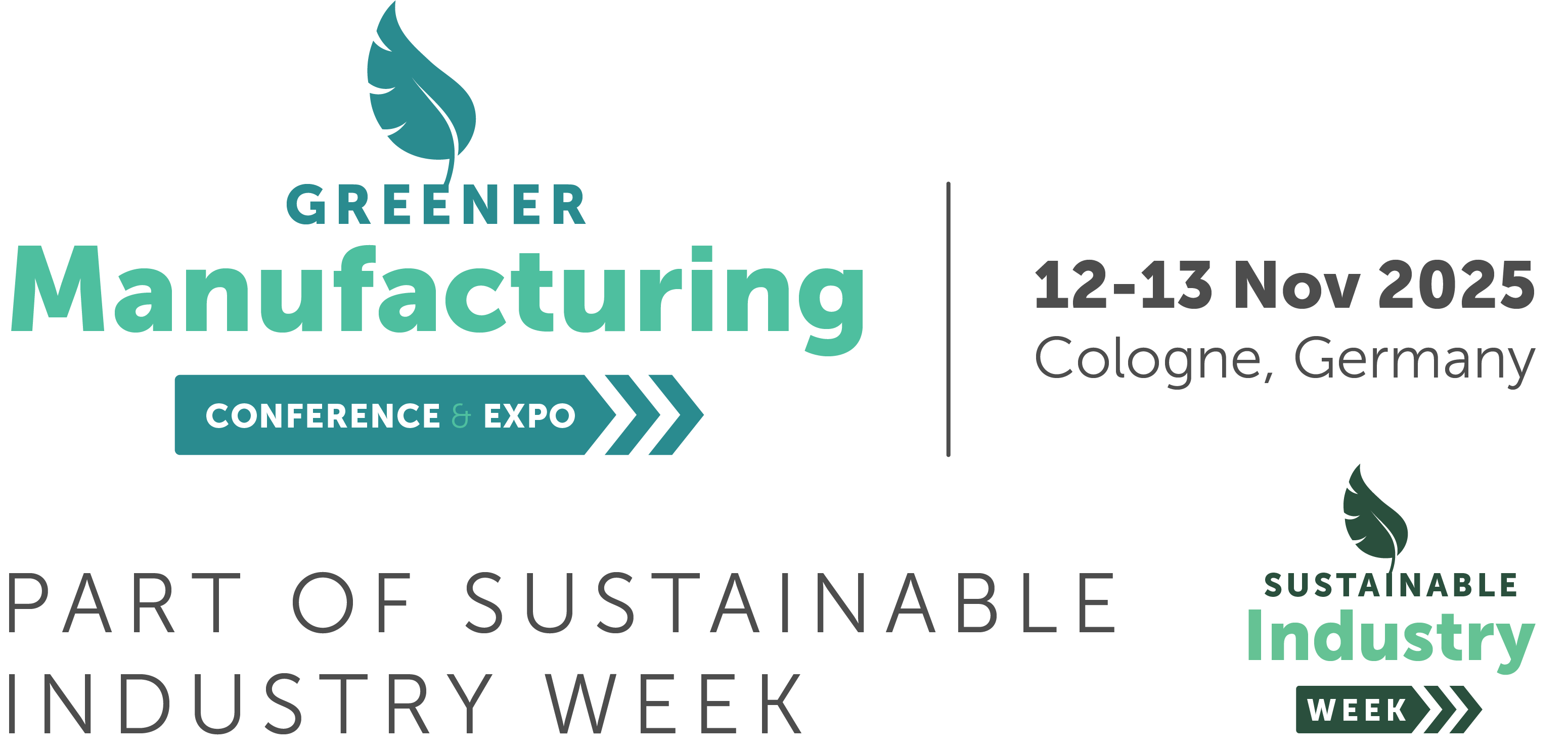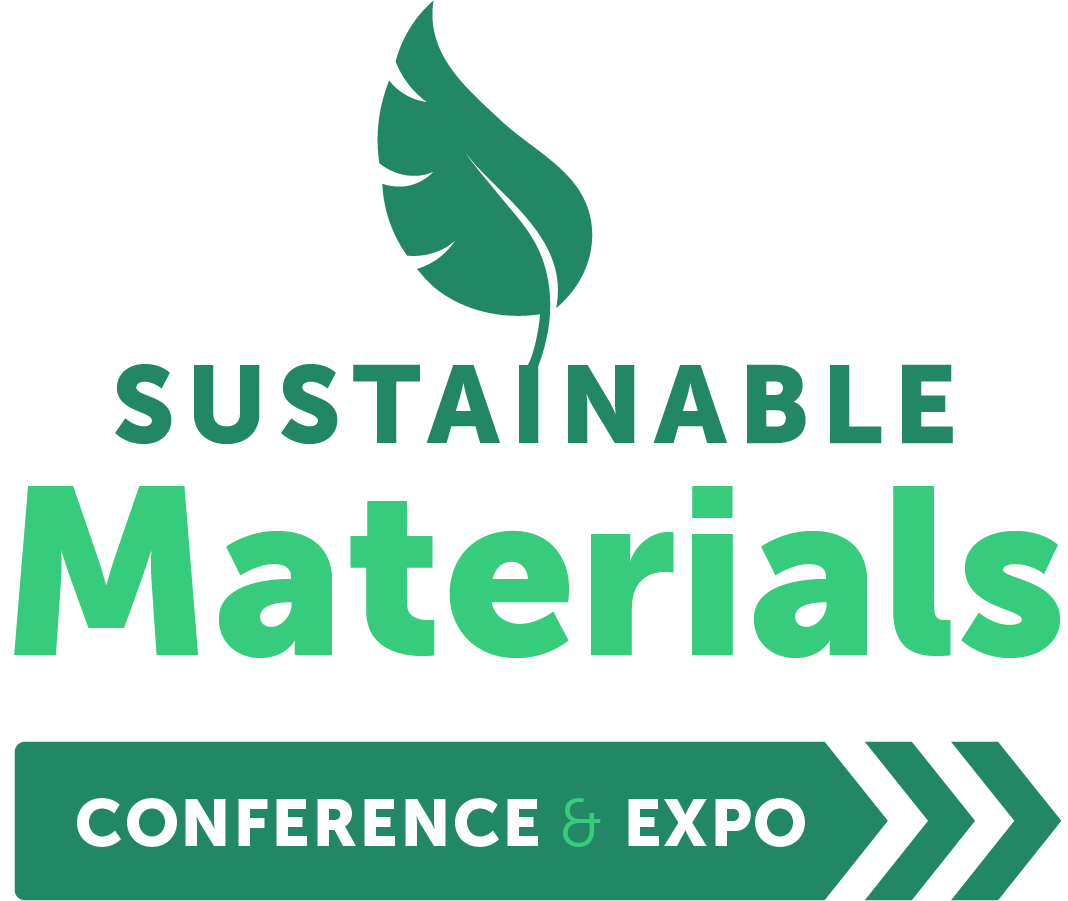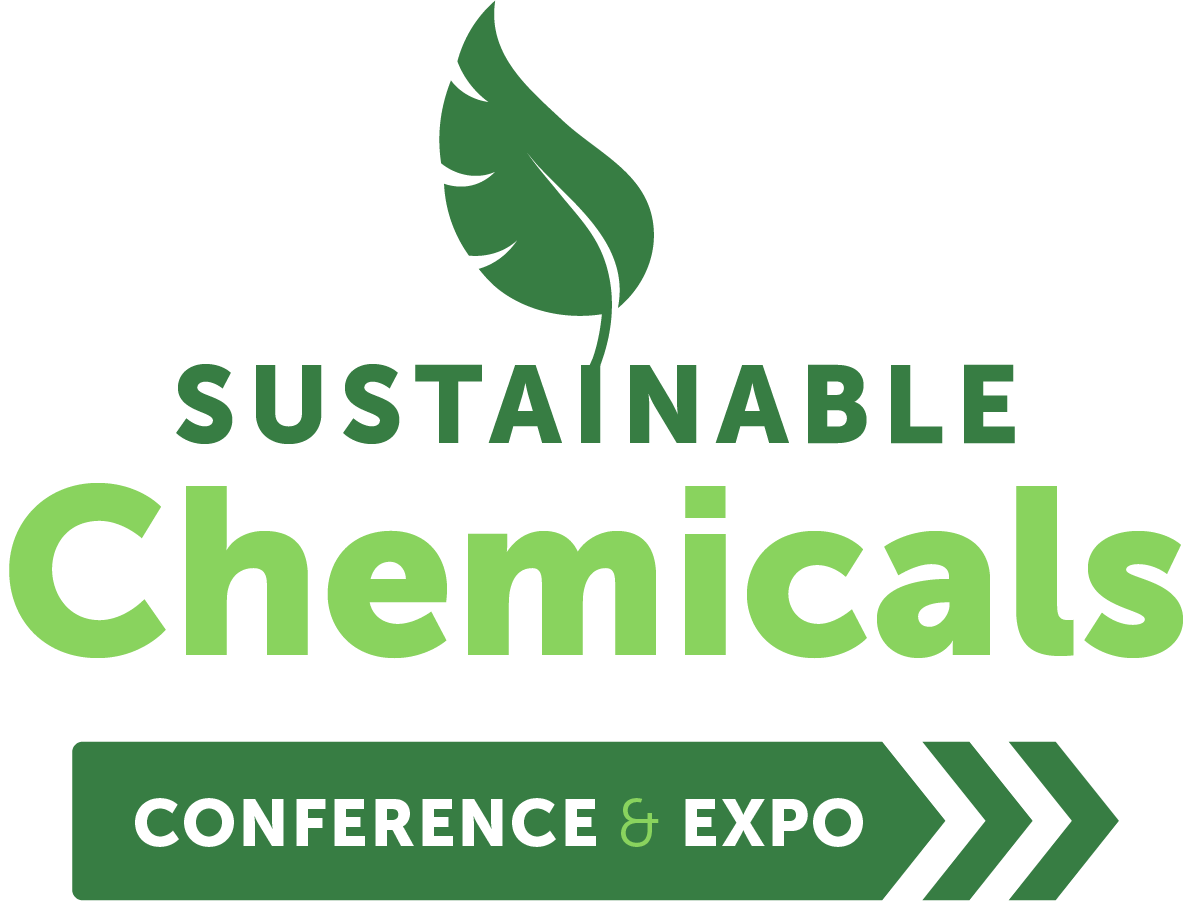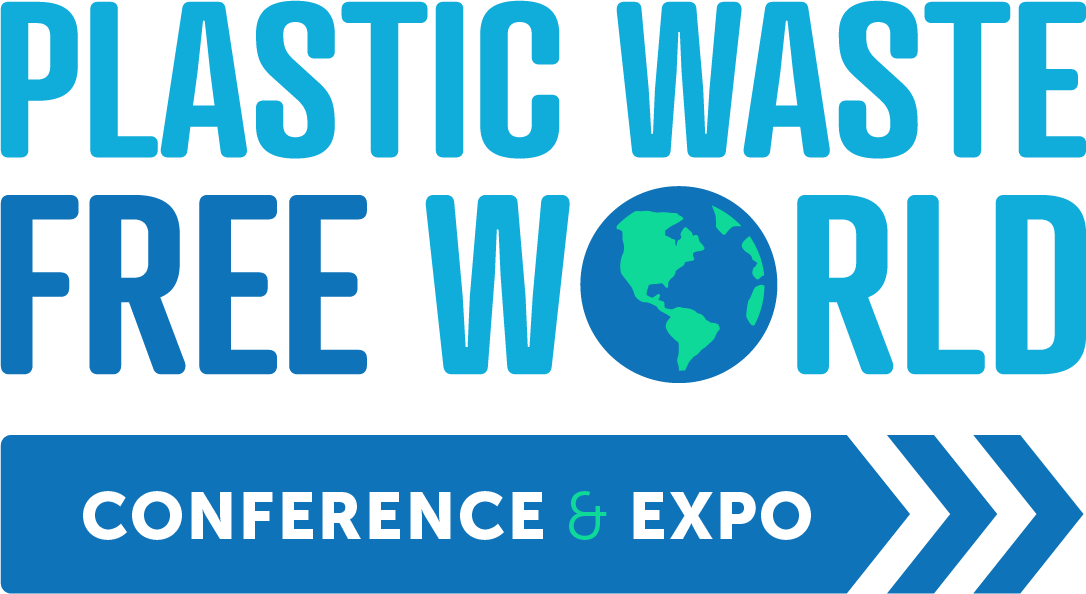Bamboo could become a new sustainable alternative for textile manufacturing
)
Bamboo is rapidly becoming known as an eco-friendly textile source, although it comes with a few concerns, such as its processing issues with chemicals and parts of its wider manufacturing process. The overall view towards bamboo, is that it has huge potential to become a sustainable alternative material for manufacturing textiles.
Despite some issues around the manufacturing process, there are several parties which are working to make bamboo’s integration into the textile industry, faster and easier. The Indian initiative, National Bamboo Mission supports the fabric production, whilst certifications such as FSC, VCS and OEKO-TEX are working to ensure bamboo undergoes an eco-friendly process. The commitment from these companies and other parties who are also interested in this concept, highlights the potential bamboo has within the textile industry, along with the future advancements it could make.
The textiles are made from fibre, which is derived from bamboo, a plant that is very beneficial to the environment and does not need toxic fertilisers to aid its growth or replenishment. This instantly makes the manufacturing process greener and more environmentally friendly, compared to the process that goes into current regular materials which are put into textiles. Furthermore, bamboo is highly rainfed and has no pests, which might otherwise affect its health. As well as the benefits bamboo provides, there is also a large abundance of it in India and Madhya Pradesh. In India, there is 15 million hectares of bamboo bearing area, whilst Madhya Pradesh has 1.84 million hectares for its largest bamboo bearing area.
Once extracted from the plant, the fibres are used to manufacture products such as blankets and towels and whilst the cultivation is environmentally friendly, as proven in a life cycle analysis performed by the Council of Fashion Designers of India, the process of extracting fibre is more problematic. In order to extract the fibre from the stem of the plant, a large amount of chemical processing is involved, consequently increasing the water eutrophication risk. However, to counter this chemical intensive process, converting the collected fibres into yarn is, under most circumstances, a manual process. This is a process which does not harm the environment and therefore, begins to balance the amount of environmental impact the bamboo textile production process creates. Yet, despite this effort to reduce the environmental impact, there are still concerns and issues around certain factors within the process. These issues include procedures such as, removing bamboo’s natural golden colour, plus processes which occur later down the line, such as the use of softeners, dyes, bleaches and a variety of other finishing techniques, which may have the potential to cause environmental harm.
Although there are some concerns, since 2021, the government has approved 11 industrial and processing units, which will focus on creating fabric and jewellery out of bamboo. Along with these approvals, there are also plans and projects being created to help promote the plantation of bamboo within the northeastern sea. The projects which are focused on making bamboo products all fall under the NBM initiative, which qualifies them for a subsidy from the government. Along with helping companies through subsidies, the government is also helping and developing the growth of logistics for storing purposes, promotion of the rural haats and the bamboo bazaar, along with other practises.
There are several certifications standing behind these initiatives to offer the development of bamboo textiles support. These include the Forest Stewardship Council, the Verified Carbon Standard and OEKO-TEX. The Forest Stewardship Council has various certifications based on the kind of sustainability measures a commodity follows. The certification focuses on saving the livelihoods of people involved whilst ensuring that the environment is protected. Another certification involves deciding whether the materials are properly certified and segregated from the other non-sustainable means, before they go to the supply chain. Verified Carbon Standard is a company who certifies products as a minimum greenhouse gas emitter. OEKO-TEX ensures the product does not contain any harmful chemicals.
All of these companies who are committed to finding a pathway to a greener future, standing behind these bamboo projects, portray that there is huge potential for bamboo as an alternative material for textile production. This suggests that despite the concerns that bamboo brings to the table, there are enough companies and parties who see promise within bamboo, to transform its production process into a process which makes bamboo a reliable, sustainable, greener and effective alternative material.





